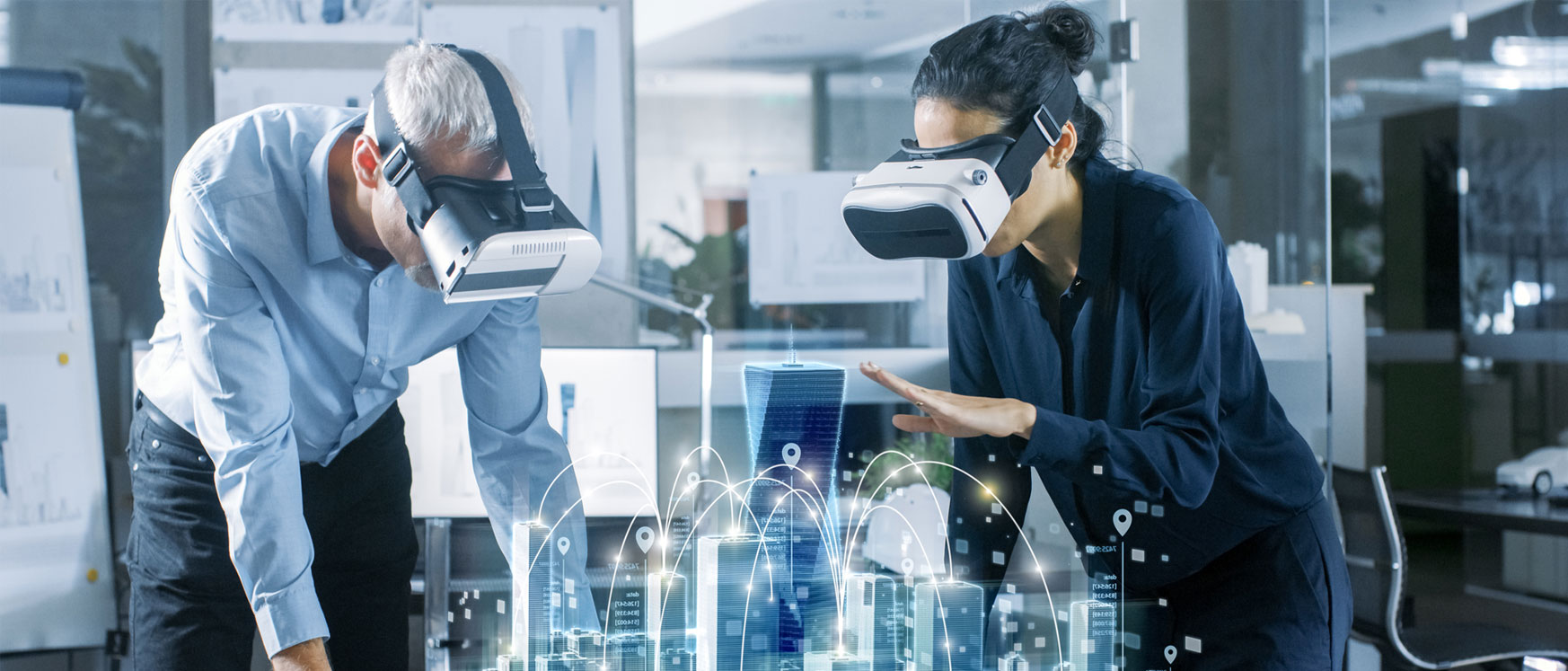
Theme II: Human behavior modeling
This theme centers on human interaction with buildings, from both design and operation viewpoints, towards sustainability and acceptability. It requires quantifiable measures for human comfort and behavioral variables that are either reactive to the building conditions or decision-making, influential factors for changes in design/development processes.
The network activities focus on how to apply the theories from behavioral sciences, such as cognitive biases affecting various aspects of human behavior, which are divided into three categories: decision-making, belief, and behavioral biases; social biases; and memory errors and biases [4,5]. The following are a few illustrative examples:
Decision-making, Belief, and Behavioral biases:
- Availability cascade –”repeat something long enough and it will become true”.
- Bandwagon effect – the tendency to do (or believe) things because many other people do the same.
- Framing effect – drawing different conclusions from the same information
- Mere exposure effect – the tendency to express undue liking merely because of familiarity
- Status quo bias – the tendency to like things to stay relatively the same.
- Bounded rationality – inability of human decision makers fully take into account the (environmental) costs or (private) benefits of their actions in complex environments.
Social Biases
- False consensus effect – the tendency for people to overestimate the degree to which others agree with them.
- Projection bias – the tendency to unconsciously assume that others (or one’s future selves) share one’s current emotional states, thoughts and values.
- System justification – the tendency to defend and bolster the status quo. Existing social, economic, and political arrangements tend to be preferred, and alternatives are disparaged sometimes even at the expense of individual and collective self-interest.
Memory Errors and Biases [4,5]
- Humor effect
- List-length effect: a smaller percentage of items are remembered in a longer list, but as the length of the list increases, the absolute number of items remembered increases as well.
- Modality effect: memory recall is higher for the last items of a list when the list items were received via speech than when they were received via writing.
- Picture superiority effect: concepts are much more likely to be remembered experientially if they are presented in picture form than if they are presented in word form.
The above examples provide the basis for developing models that can take advantage of human biases to influence behavior in a manner adapted to the SHBE they live or work in. This is a broader platform to investigating human behavior that is to develop further mathematical modeling and experimental studies in [6]. Further, when providing information to occupants and other relevant stakeholders about changes to the built environment, we must consider that several psychosocial factors influence the extent to which individuals will support the changes and/or adopt more sustainable behaviors. Such factors include perceived risk, environmental values, social and moral norms, attitudes, and perceived ability to change behavior [7-9]. Additionally, culture-driven values and social connections influence individual perceptions of risk and acceptance of scientific facts [10]. Merely providing facts about energy-related risks and/or innovations is unlikely to increase acceptance and behavioral change significantly. Therefore, information about built environment changes and new technologies must be communicated in a way that:
- Frames new information in a manner that increases the accuracy of individuals’ risk perceptions
- Increases interest and perceived ability to change energy related behaviors
- Persuading individuals that adopting new behaviors or technologies are consistent with important values they already hold.
- Uses social cues appropriately to increase motivation to change behavior
The new methods of quantification of human activities in a defined working space through computational analysis [11] will also be explored. This approach focuses on the phenomenological aspects that relate to actions rather than the motivation of the actions. The interface elements include correlations from human behavioral models as outputs to Themes I and III and V, and inputs from all the other themes.
